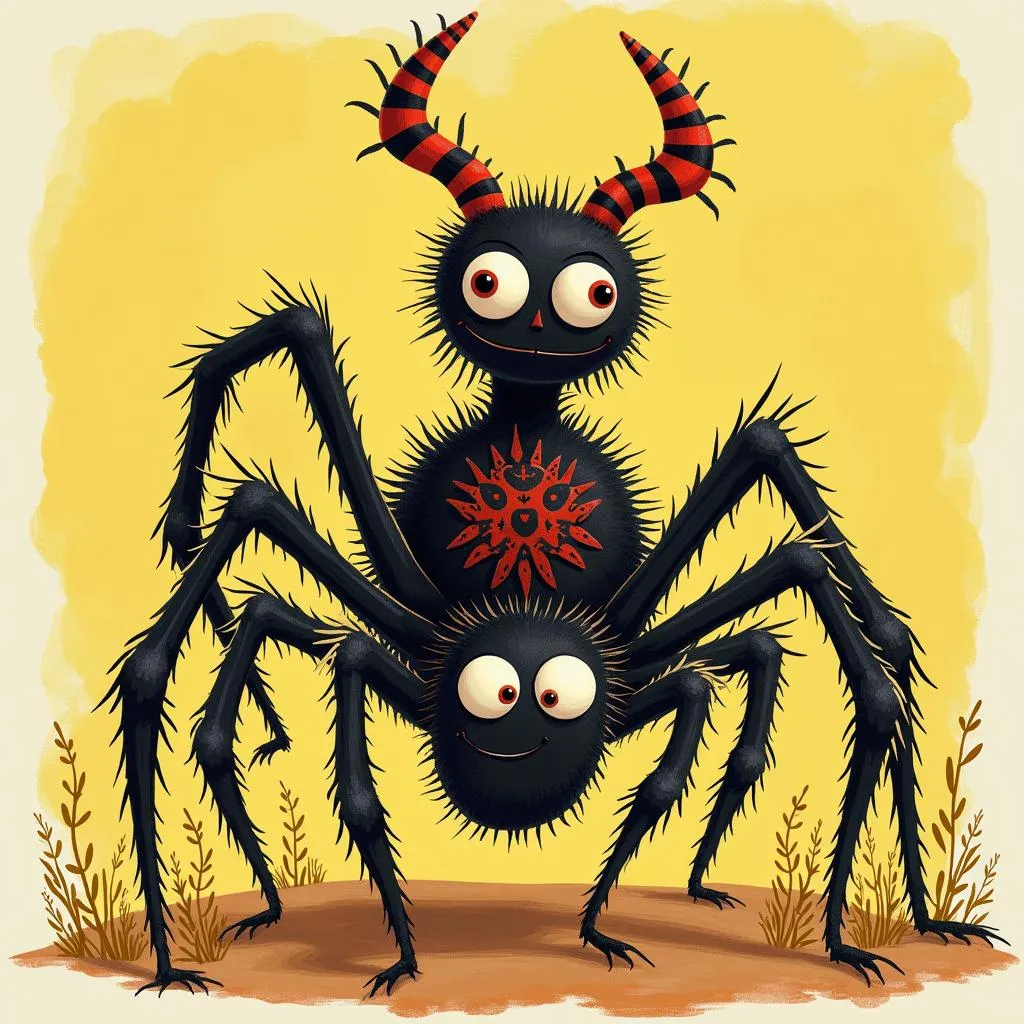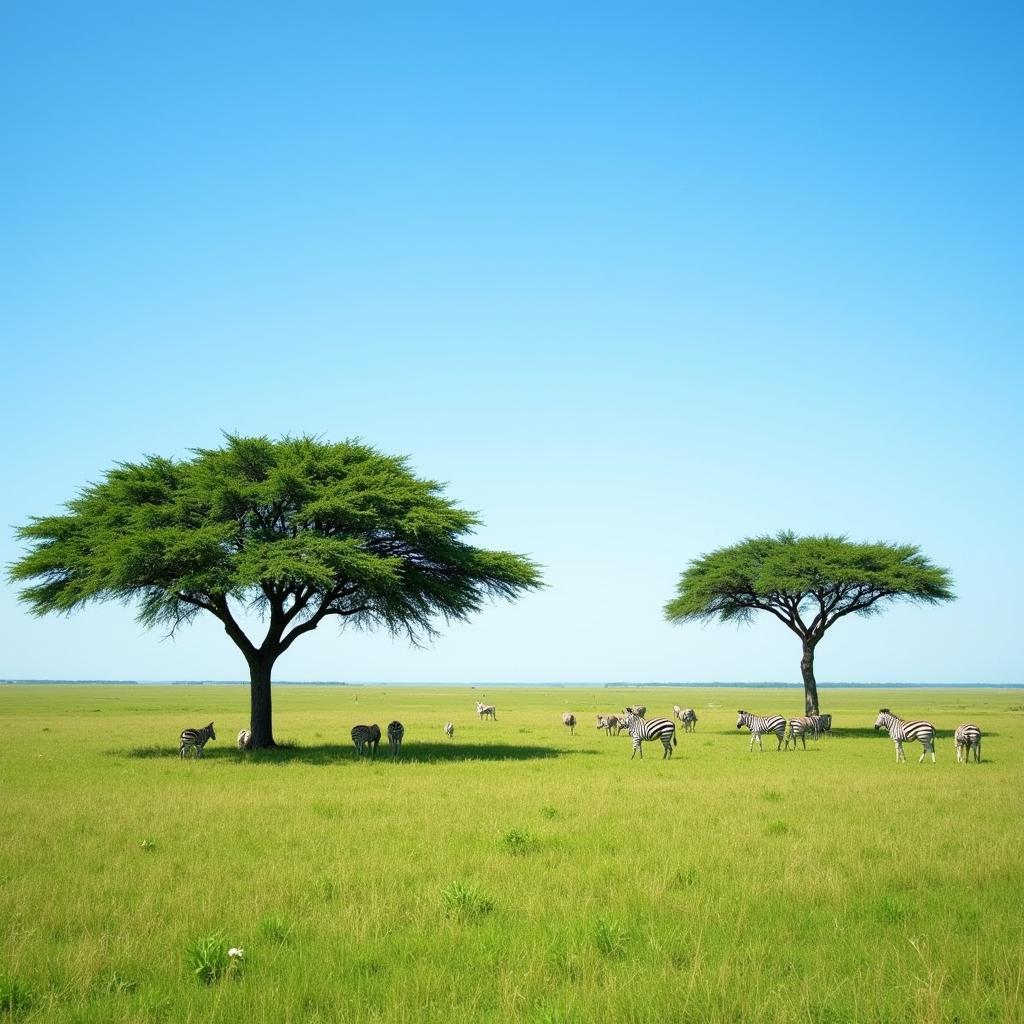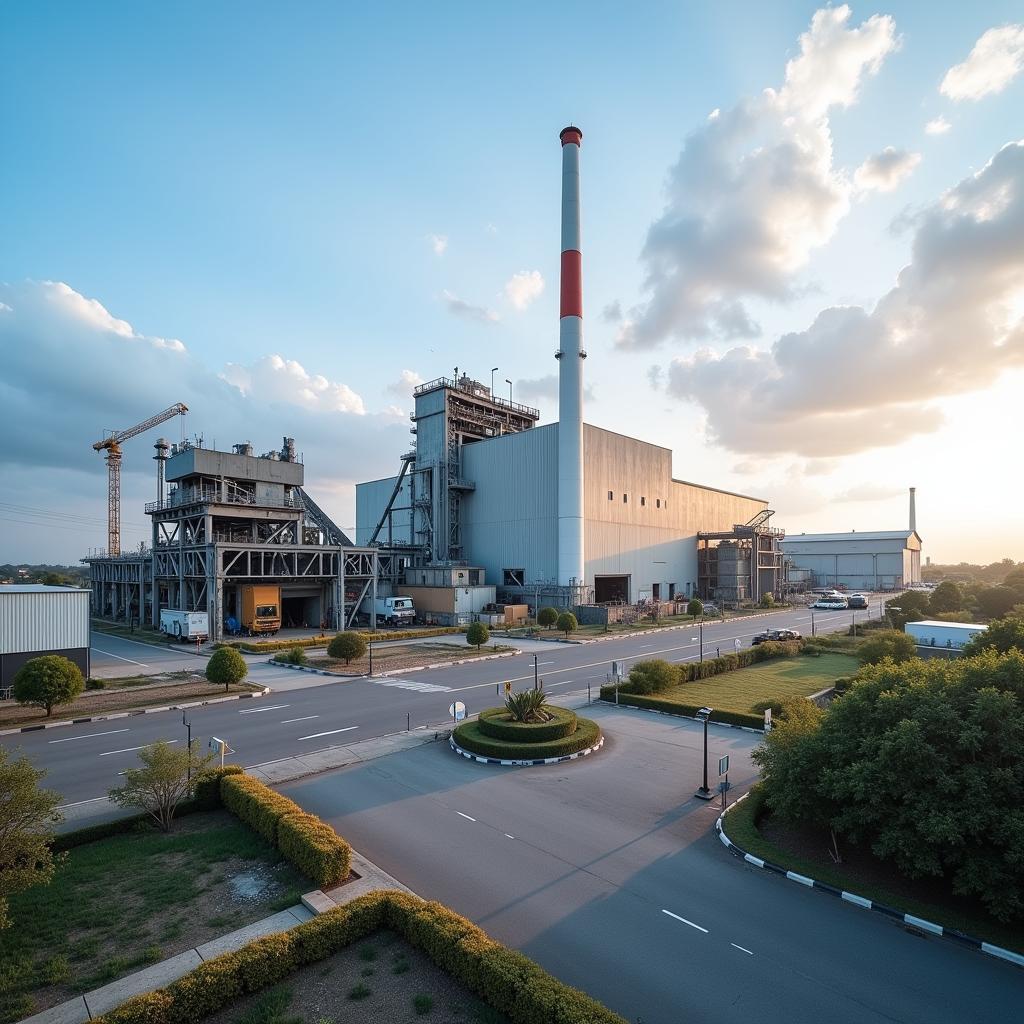Unveiling the Mysteries of the African Cobra
The African Cobra, a name that evokes both fear and fascination, represents a group of highly venomous snakes found throughout the African continent. These elusive creatures play a vital role in their respective ecosystems, and understanding their behavior, habitat, and venom is crucial for both conservation efforts and human safety. Let’s delve into the captivating world of the African cobra and uncover the secrets behind its deadly reputation.
The African cobra encompasses several species, each with unique characteristics and adaptations. From the spitting cobras known for their impressive defensive mechanism to the forest cobras that prefer the dense undergrowth, the diversity within this group is remarkable. Understanding these distinctions is vital for appreciating the complexity of the African cobra. For more specific information, you might be interested in the african copper cobra.
African Cobra Species: A Diverse Group
Several distinct species fall under the umbrella term “African cobra.” These include the Egyptian cobra, the forest cobra, the black-necked spitting cobra, and the Mozambique spitting cobra, among others. Each species exhibits unique physical characteristics, venom potency, and behavioral patterns. For instance, spitting cobras can accurately project venom towards a perceived threat, aiming for the eyes to cause temporary blindness and deter predators.
The Egyptian cobra, one of the largest cobra species, holds a significant place in ancient Egyptian mythology and symbolism. Its potent venom and imposing size made it a formidable creature, often associated with royalty and divine power. This historical context adds another layer of intrigue to the study of these snakes. Check out our african cobra wiki for a comprehensive overview.
Habitat and Distribution: Where Do African Cobras Live?
African cobras occupy a wide range of habitats across the African continent. From savannas and grasslands to forests and semi-desert regions, these adaptable snakes have carved out their niches in diverse environments. Their distribution spans across sub-Saharan Africa, with each species showing preferences for specific ecological conditions. Understanding their habitat preferences is crucial for conservation efforts and managing human-wildlife interactions. What does an African king cobra look like? Visit african king kobra to find out.
The availability of prey, suitable shelter, and appropriate breeding grounds influences the distribution of African cobras within their chosen habitats. They are often found near water sources, as they rely on a readily available supply of prey, such as rodents, amphibians, and other reptiles. The presence of rocky outcrops, termite mounds, and dense vegetation provides crucial shelter and protection from predators.
Venom and its Effects: The Deadly Power of the African Cobra
The venom of the African cobra is a complex cocktail of neurotoxins and cytotoxins, capable of inflicting severe pain, paralysis, and even death. The specific composition of the venom varies between species, influencing the severity and type of symptoms experienced. While the venom primarily serves as a hunting tool, it also plays a crucial role in defense against predators. You might also be interested in the fascinating topic of the african cobra tree the man eating tree hindi details.
“Understanding the composition and effects of cobra venom is paramount for developing effective antivenom treatments,” says Dr. Anika Moti, a leading herpetologist specializing in African venomous snakes. “The speed at which symptoms manifest and the specific combination of neurotoxic and cytotoxic effects require tailored medical intervention.”
Prompt medical attention is crucial in cases of African cobra bites. Antivenom is the most effective treatment, neutralizing the venom’s harmful effects. However, the efficacy of antivenom depends on factors such as the species of cobra involved, the amount of venom injected, and the time elapsed since the bite.
Conservation Efforts and Challenges: Protecting the African Cobra
Despite their fearsome reputation, African cobras face numerous threats, including habitat loss, human-wildlife conflict, and illegal wildlife trade. Conservation efforts are crucial for ensuring the long-term survival of these fascinating creatures and maintaining the delicate balance of their ecosystems. Try searching for african cobra crossword for a fun and educational activity.
“Protecting African cobras requires a multifaceted approach,” explains Dr. Joseph Otieno, a wildlife conservationist working in East Africa. “Raising awareness about the ecological importance of these snakes, mitigating human-wildlife conflict, and combating illegal wildlife trade are essential for their conservation.”
Conclusion: Appreciating the African Cobra
The African cobra, with its diverse species, potent venom, and crucial ecological role, deserves our respect and understanding. By delving into the intricacies of its biology, behavior, and conservation status, we can appreciate the fascinating world of this iconic African snake. Further research and conservation efforts are vital for ensuring the long-term survival of the African cobra and preserving the biodiversity of the African continent.
FAQ
- What is the deadliest African cobra? The black mamba, while not a true cobra, is often mistaken for one and is considered one of the deadliest snakes in Africa.
- Do all African cobras spit? No, only certain species, like the black-necked spitting cobra and the Mozambique spitting cobra, have the ability to spit venom.
- What should I do if I encounter an African cobra? Remain calm, back away slowly, and avoid making sudden movements. Seek immediate medical attention if bitten.
- Are African cobras endangered? The conservation status varies depending on the species, but some face significant threats due to habitat loss and human activities.
- What do African cobras eat? Their diet primarily consists of rodents, amphibians, other reptiles, and occasionally birds.
- How can I contribute to African cobra conservation? Supporting reputable conservation organizations and educating others about the importance of these snakes can make a difference.
- Where can I find more information about African cobras? Numerous resources, including books, documentaries, and online databases, provide in-depth information about these fascinating reptiles.
Common Scenarios with African Cobras:
- Accidental Encounters: Hikers or farmers may inadvertently stumble upon a cobra in its natural habitat.
- Defensive Behavior: If threatened, a cobra may raise its hood, hiss, and strike.
- Spitting Behavior: Spitting cobras may project venom towards a perceived threat.
Further Exploration:
For more information on related topics, explore these resources on our website: “Venomous Snakes of Africa”, “Wildlife Conservation in Africa”, and “Snakebite First Aid”.
Call to Action:
For assistance or further inquiries, contact us:
Phone: +255768904061
Email: [email protected]
Address: Mbarali DC Mawindi, Kangaga, Tanzania.
Our customer service team is available 24/7.



